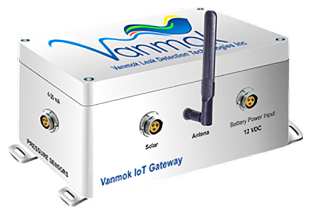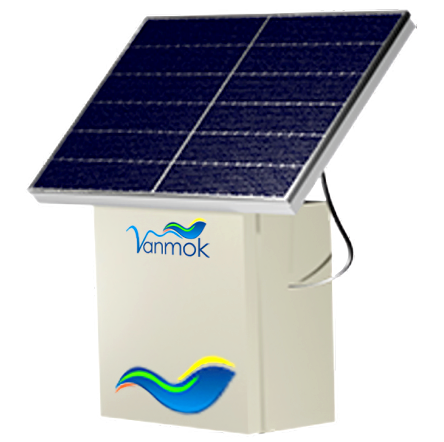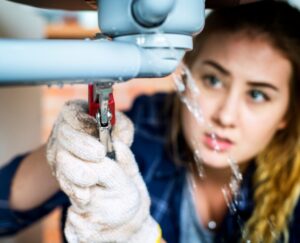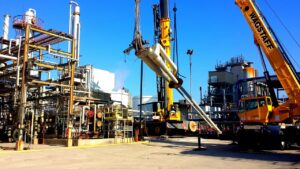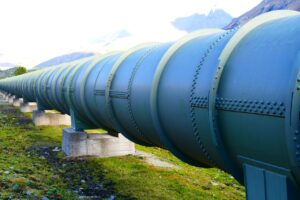Real-time leak detection is critical for keeping pipelines safe and secure. With pipelines transporting oil, gas, and other important products across long distances, it’s vital to detect leaks as soon as they happen. Quick detection helps prevent damage to the environment and nearby communities. By monitoring pipelines in real-time, we can respond to leaks faster and reduce the chances of serious spills.
Modern leak detection systems use advanced technologies like Computational Pipeline Monitoring (CPM) and Real-Time Transient Model (RTTM). These technologies provide highly accurate data and can detect leaks during both steady and changing conditions. This means we can trust the systems to alert us instantly to any issues, no matter how small.
Using real-time leak detection not only protects our environment but also ensures that pipelines operate efficiently. Leaks can cause costly downtime and disrupt services. By identifying and fixing leaks quickly, we keep everything running smoothly and save money. Real-time monitoring is a smart investment for anyone involved in operating and maintaining pipelines.
Understanding the Basics of Real-Time Leak Detection
Real-time leak detection is all about finding leaks in pipelines as soon as they happen. This is crucial because even small leaks can turn into big problems if not caught early. Real-time systems use sensors placed along the pipeline to continuously monitor for any signs of leakage. These sensors collect data on pressure, flow rate, and other factors that might indicate a leak.
Computational Pipeline Monitoring (CPM) is a key technology in real-time leak detection. CPM systems use algorithms to analyze the data collected by the sensors. They can quickly spot any irregularities that might signal a leak. When CPM is combined with the Real-Time Transient Model (RTTM), it becomes even more powerful. RTTM helps detect leaks during both normal and changing pipeline conditions. This means we can trust these systems to provide accurate leak detection no matter what.
Key Benefits of Real-Time Leak Detection for Pipelines
1. Improved Safety: Real-time leak detection enhances the safety of pipelines by catching leaks early. This helps prevent accidents that could harm people and property.
2. Environmental Protection: Early leak detection means spills are contained faster, reducing damage to the environment. This is important for protecting wildlife and natural habitats.
3. Cost Savings: Detecting leaks early prevents costly repairs and downtime. Pipelines can keep running smoothly, avoiding the high costs associated with major spills and clean-ups.
4. Regulatory Compliance: Using real-time leak detection helps operators meet regulatory requirements. This ensures that pipelines are operating within the law, avoiding fines and penalties.
5. Operational Efficiency: Real-time monitoring allows for immediate action when a leak is detected. This quick response not only fixes the problem sooner but also maintains the pipeline’s efficiency and performance.
By implementing real-time leak detection, pipeline operators can ensure a safer, cleaner, and more cost-effective operation. The benefits are clear and essential for modern pipeline management.
How CPM and RTTM Enhance Leak Detection Accuracy
Computational Pipeline Monitoring (CPM) and Real-Time Transient Model (RTTM) are essential tools for accurate leak detection. CPM uses algorithms to analyze data from sensors on the pipeline. These sensors measure pressure, flow rate, and other factors. CPM processes this data in real-time, spotting any irregularities that might mean there’s a leak.
RTTM adds another layer of accuracy. It can detect leaks during both steady-state (normal) and transient (changing) conditions. This is important because pipelines don’t always operate under steady conditions. Pressure and flow rates can change, especially during start-ups or shutdowns. RTTM accounts for these changes, ensuring that leaks are detected accurately even when conditions are fluctuating.
Together, CPM and RTTM provide a reliable and robust leak detection system. They help pipeline operators respond quickly and decisively to any detected leaks. This minimizes potential damage and keeps the pipeline running efficiently. These technologies are critical for modern pipeline management and safety.
Implementing Real-Time Leak Detection: Best Practices for 2024
Implementing real-time leak detection systems involves several best practices. These steps help ensure the systems work effectively and provide accurate results.
1. Conduct a Comprehensive Assessment: Before implementing any system, conduct a thorough assessment of the pipeline network. Identify high-risk areas and understand the specific challenges. This helps in selecting the right technology.
2. Choose the Right Technology: Based on the assessment, select the appropriate leak detection technology. Look for systems that offer real-time monitoring and use both CPM and RTTM for best results.
3. Strategic Sensor Placement: Position sensors at critical points along the pipeline. Ensure they cover all high-risk areas and provide comprehensive monitoring. Proper placement is key for accurate leak detection.
4. Regular Maintenance and Calibration: Maintain and calibrate the sensors and monitoring systems regularly. This ensures they stay accurate and reliable over time.
5. Train Operators: Train the pipeline operators to understand and respond quickly to leak detection alerts. Proper training ensures that leaks are dealt with swiftly, minimizing damage and downtime.
6. Review and Update: Periodically review the leak detection system and make updates as needed. This keeps the system up-to-date with the latest technology and best practices.
By following these steps, we can implement effective real-time leak detection systems that enhance safety, efficiency, and environmental protection.
Conclusion
Real-time leak detection is essential for managing and maintaining safe pipeline operations. By using advanced technologies like CPM and RTTM, we can detect leaks accurately and quickly. This not only protects the environment but also saves money and ensures compliance with regulations. Implementing best practices for real-time leak detection in 2024 ensures that pipelines remain safe and efficient.
At Vanmok, we are committed to providing top-notch leak detection technologies that help safeguard your operations and the environment. Our advanced systems are designed to give you accurate and reliable leak detection, ensuring the safety and efficiency of your pipelines. Visit Vanmok today to learn more about our innovative solutions and how we can help you protect your pipeline network.

